1. The Shift Towards Natural Materials in Modern Architecture
As concerns about environmental impact and sustainability grow, the architecture and design industries are moving away from synthetic, industrial materials and embracing natural alternatives. This trend, commonly known as "biophilic design," focuses on integrating nature into built environments to improve well-being and sustainability. Materials such as wood, stone, and natural fibers have become essential components in this movement, with rattan, bamboo, and seagrass leading the way due to their renewability, versatility, and aesthetic appeal.
Consumers today demand more sustainable products, and designers are responding by using natural materials that are both visually pleasing and environmentally responsible. This shift away from plastic and other synthetic materials signals a broader trend toward a greener, more sustainable future in architecture and interior design. Rattan, bamboo, and seagrass, traditionally used for centuries, are now being reinterpreted to fit into modern projects without losing their inherent charm and historical significance.
2. Rattan, Bamboo, Seagrass: Iconic Traditional Materials
A Brief History
Rattan, bamboo, and seagrass have deep roots in traditional Vietnamese and Southeast Asian craftsmanship. These materials were historically used to create furniture, baskets, and decorative items, thanks to their abundance, flexibility, and durability. In many Southeast Asian cultures, bamboo symbolizes strength, resilience, and longevity, while rattan and seagrass are known for their softness and pliability, making them ideal for weaving and crafting.
Characteristics of Each Material
- Bamboo is a fast-growing plant, known for its tensile strength and adaptability. It is used in everything from scaffolding to flooring and furniture due to its ability to be shaped into various forms while remaining robust.
.jpg)
- Rattan is a vine-like plant that thrives in tropical climates. Its flexible stems can be woven into intricate patterns, making it perfect for furniture and home decor items such as chairs, tables, and baskets.
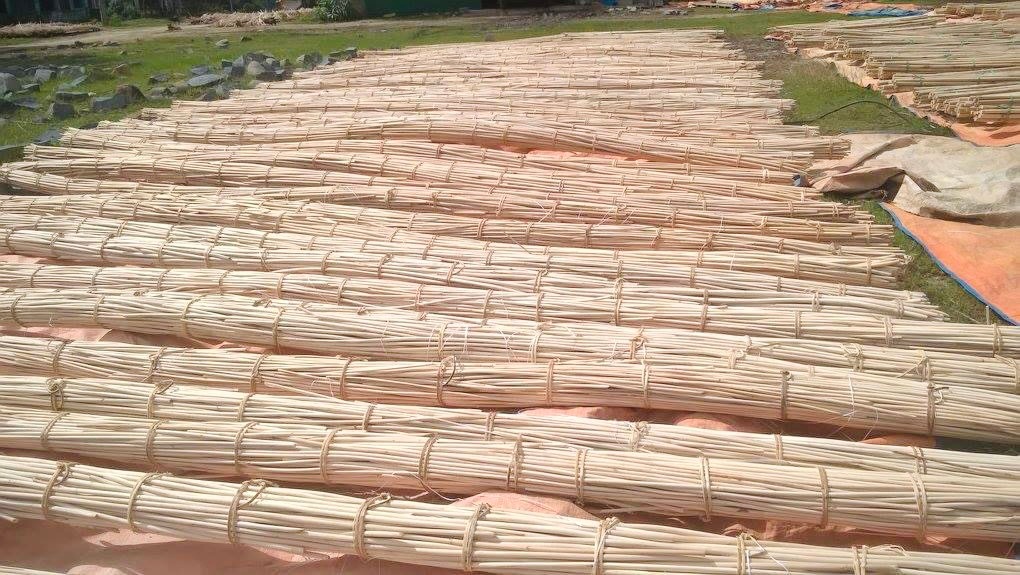
- Seagrass is harvested from shallow coastal waters and dried before being woven into beautiful, textured products. Its natural look and feel give it an earthy aesthetic, perfect for home accessories such as rugs, baskets, and storage solutions.
.jpg)
These materials are timeless symbols of Vietnamese and Southeast Asian culture, offering durability, flexibility, and beauty. Their use in modern design is not only practical but also a way to preserve cultural heritage.
3. Rattan, Bamboo, and Seagrass in Modern Architecture: Where Tradition Meets Innovation
As traditional materials make their way into contemporary spaces, architects and designers are finding innovative ways to blend the old with the new. Rattan, bamboo, and seagrass are now widely used in modern designs, offering a unique combination of eco-friendliness and aesthetic versatility.
Case Studies of Modern Projects Using Traditional Materials
-
Cafés and Restaurants: Many cafés and restaurants around the world, especially those emphasizing sustainability and natural aesthetics, use bamboo and rattan furniture to create warm, inviting atmospheres. These materials provide a rustic yet elegant look that enhances the customer experience.
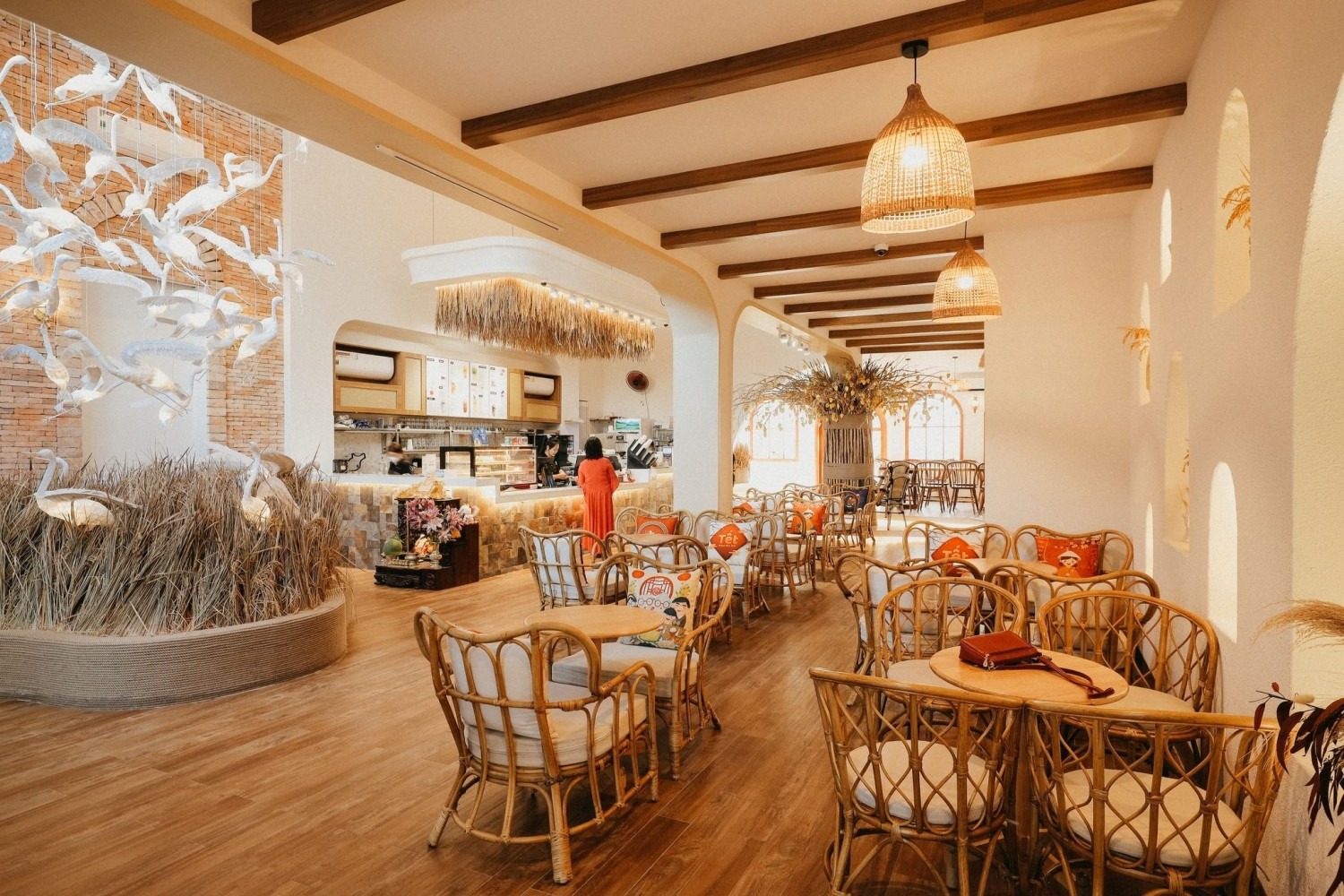
- Hotels and Resorts: Luxury resorts in tropical regions frequently use rattan and bamboo for interior decor, from furniture to light fixtures. The combination of these materials with modern architectural designs creates a serene and sophisticated ambiance, blending the beauty of nature with contemporary luxury.
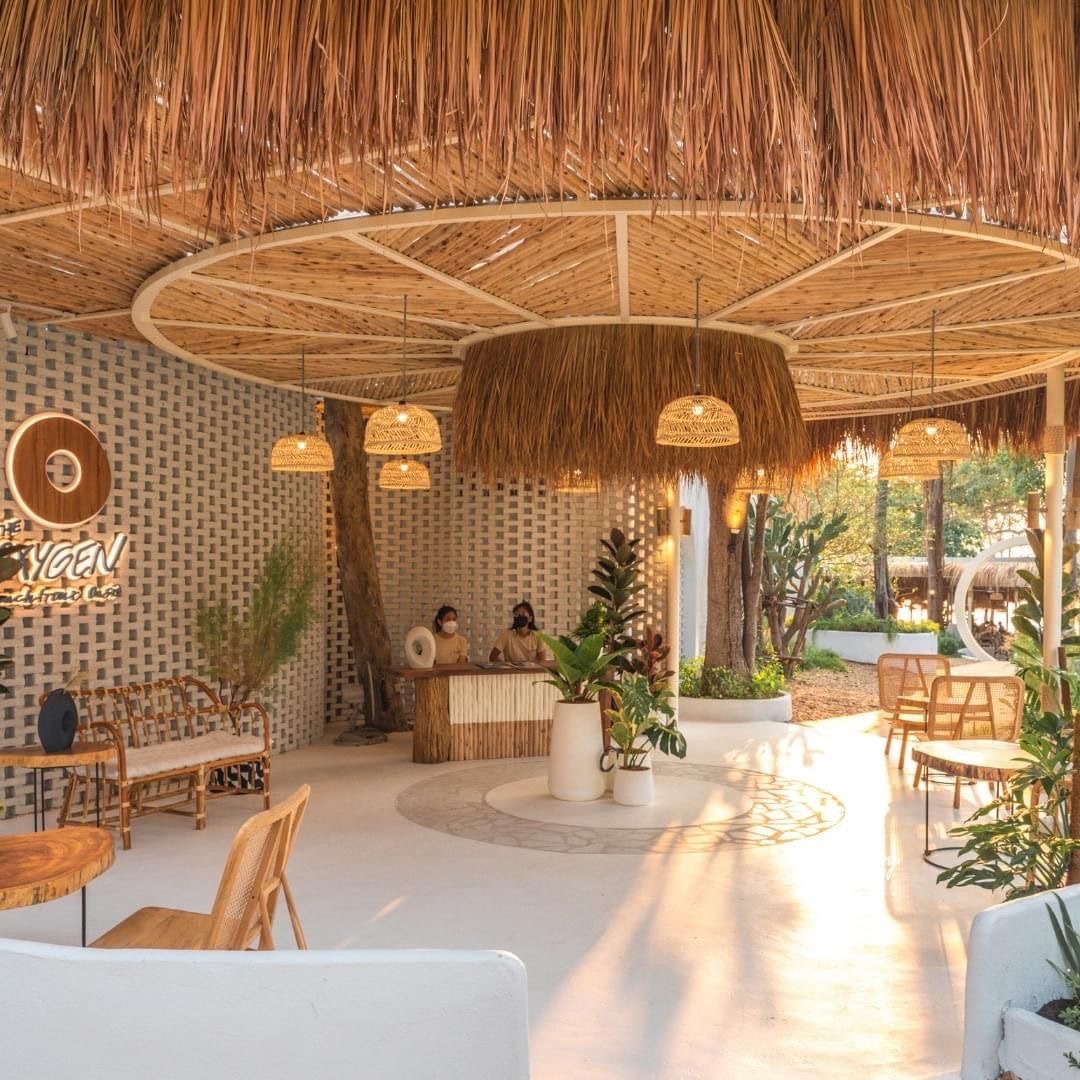
-
Public Spaces: Public architecture is increasingly incorporating bamboo for both structural and aesthetic purposes. For example, bamboo is often used in roof structures, pergolas, and pavilions due to its strength and ability to withstand varying weather conditions while still maintaining a natural, organic look.
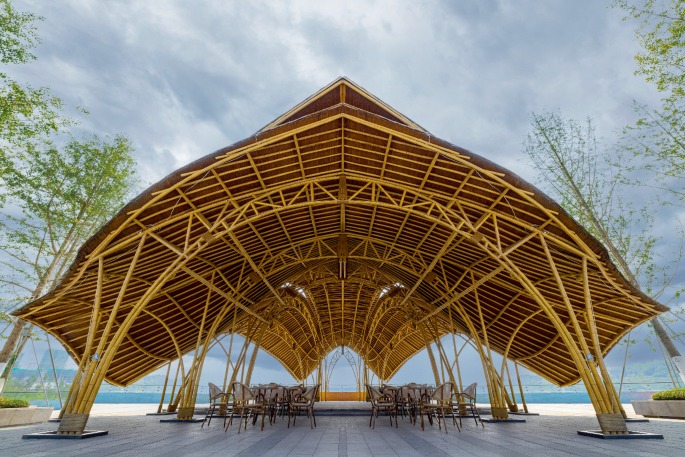
Modern Design with Traditional Materials
Architects and designers have pushed the boundaries of what these materials can do. Traditional weaving techniques are being combined with cutting-edge design philosophies, resulting in products that are not only functional but also artistic. The minimalist designs of modern interiors pair well with the texture and warmth of rattan, bamboo, and seagrass, offering a balanced mix of nature and sophistication.
4. The Benefits of Using Rattan, Bamboo, and Seagrass in Architecture and Design
Environmentally Friendly
One of the biggest advantages of using rattan, bamboo, and seagrass is their sustainability. These materials are rapidly renewable, meaning they can be harvested and regrown quickly without damaging the environment. Bamboo, for instance, grows up to 35 inches in a day, making it one of the most sustainable building materials available. Additionally, using these materials helps reduce reliance on plastic and other synthetic options that contribute to pollution and environmental degradation.
Aesthetic Appeal
The natural textures of rattan, bamboo, and seagrass give a sense of warmth and earthiness to any space. Whether used in minimalist interiors or rustic settings, these materials add a touch of nature that can soften harsh, industrial spaces. Their versatility means they can complement a variety of design styles, from mid-century modern to bohemian and Scandinavian.
.jpg)
Temperature Regulation
In tropical climates, materials like bamboo and seagrass are prized for their ability to regulate temperature. They provide natural insulation, helping to keep indoor spaces cooler by promoting airflow. This makes them ideal for hot, humid environments where energy efficiency is crucial.
Durability and Flexibility
Despite their lightweight appearance, rattan and bamboo are incredibly durable. Bamboo, in particular, is known for its strength, often compared to steel in terms of its tensile strength. Both bamboo and rattan can be shaped and bent into various forms, making them perfect for custom furniture and architectural elements.
.jpg)
5. Applications of Rattan, Bamboo, and Seagrass in Interior Design
These traditional materials are not limited to large architectural structures. Their versatility makes them ideal for use in interior design, from furniture to decorative accessories.
Popular Products
- Furniture: Rattan chairs, bamboo tables, and seagrass benches are increasingly popular in both residential and commercial spaces.
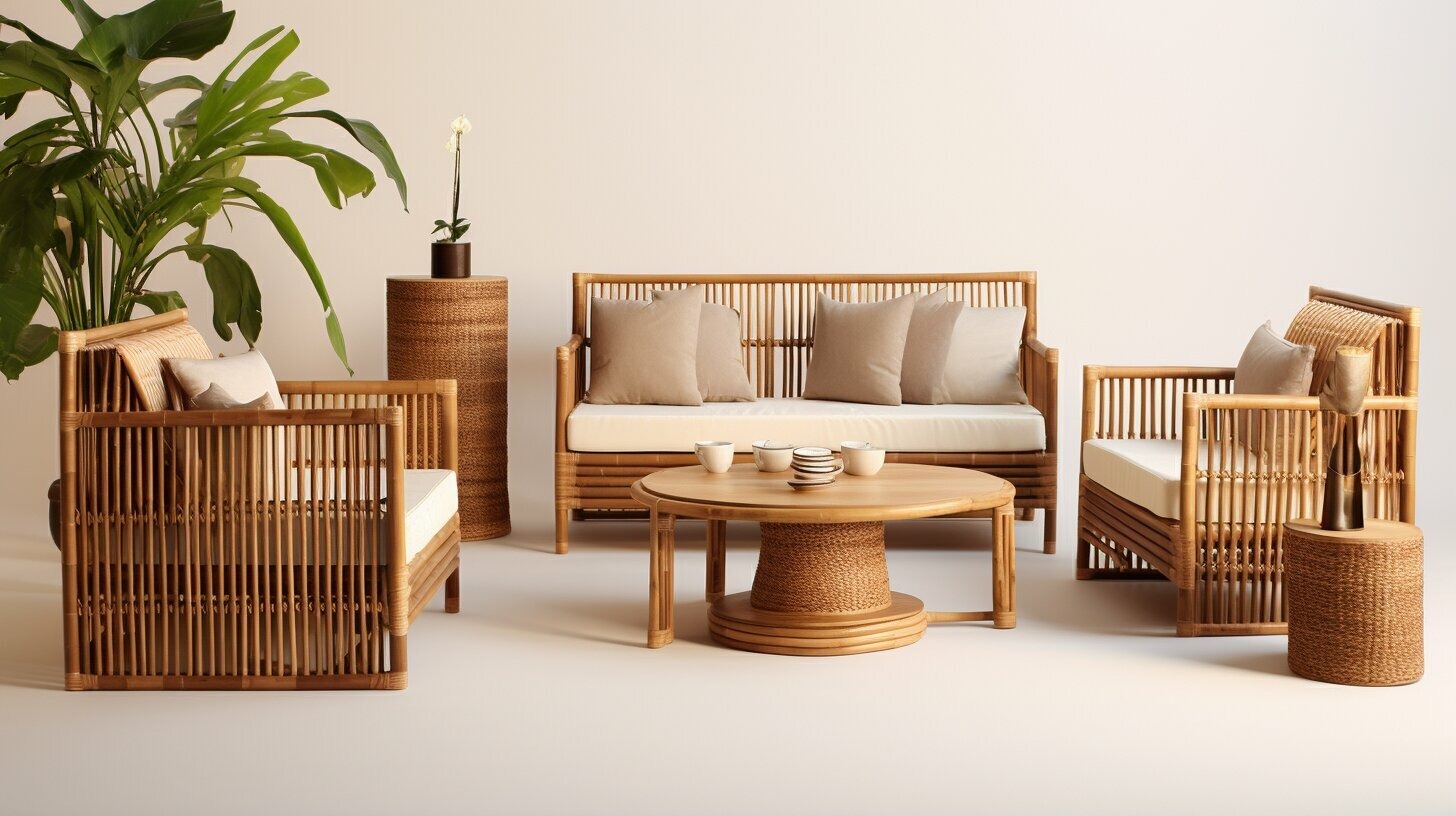
- Lighting: Bamboo pendant lights and rattan lampshades offer a soft, natural glow that enhances the ambiance of any room.
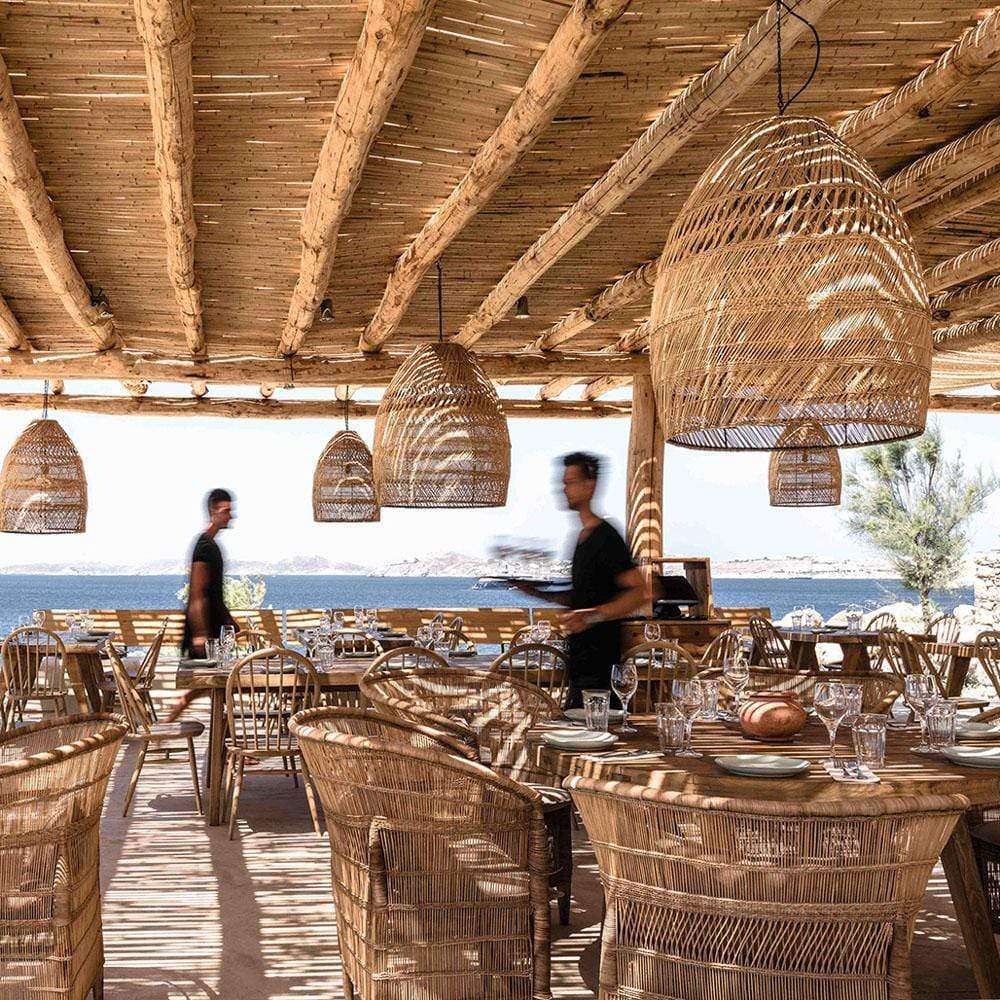
- Textiles and Rugs: Seagrass rugs and baskets bring texture and functionality, perfect for living rooms, bedrooms, or outdoor areas.
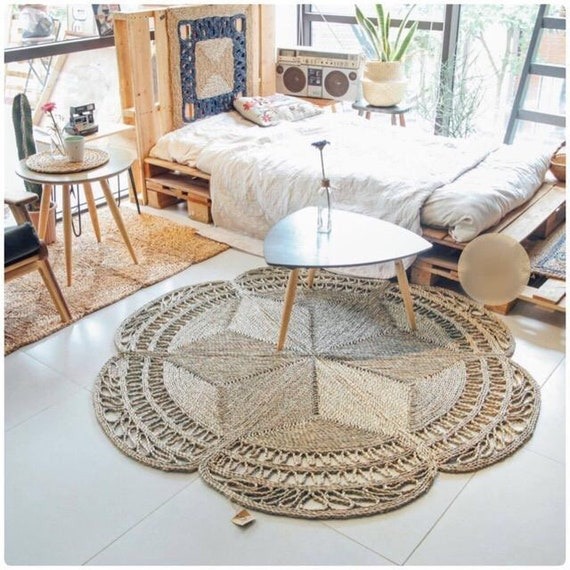
- Partitions and Screens: Bamboo partitions can be used to divide spaces while maintaining a sense of openness, creating fluid, dynamic interiors.

These materials bring nature indoors, helping to create serene, eco-friendly environments that foster relaxation and creativity.
6. The Future of Rattan, Bamboo, and Seagrass in Sustainable Architecture
As the world shifts toward sustainable living, the use of rattan, bamboo, and seagrass in architecture is likely to grow. These materials are increasingly seen as key components of green building practices, helping to reduce carbon footprints while promoting environmental stewardship.
The Rise of Green Building
Green building certifications such as LEED (Leadership in Energy and Environmental Design) encourage the use of sustainable materials. Bamboo, in particular, is often chosen for green projects due to its fast renewability and minimal environmental impact. Rattan and seagrass, too, are gaining recognition for their low carbon footprint and potential to enhance indoor air quality.
As more designers and consumers embrace sustainability, the demand for these materials in modern architecture will only continue to rise, ensuring that tradition meets innovation in the most eco-friendly way possible.
7. Conclusion
The resurgence of rattan, bamboo, and seagrass in modern architecture and design is not just a trend—it represents a conscious return to nature and sustainability. These traditional materials, once central to Vietnamese and Southeast Asian culture, are now at the forefront of contemporary design, offering an elegant solution to the challenges of modern living. Their beauty, durability, and eco-friendly qualities make them ideal for a wide range of applications, from furniture to large-scale architectural projects. As we look toward a greener future, it’s clear that these materials will play a critical role in shaping the buildings and interiors of tomorrow.
For those seeking to combine tradition with sustainability, rattan, bamboo, and seagrass are the perfect materials to incorporate into your next design project.
For more inspiration and handcrafted products made from natural materials, visit our website at kingcraftviet.com and follow us on Instagram at @king_craft_viet.





 config
config view
view logs
logs 14592.0 KB
14592.0 KB 184 ms
184 ms 18
18



